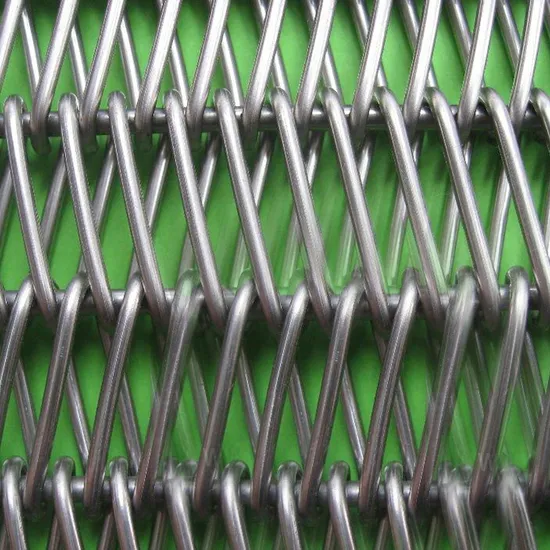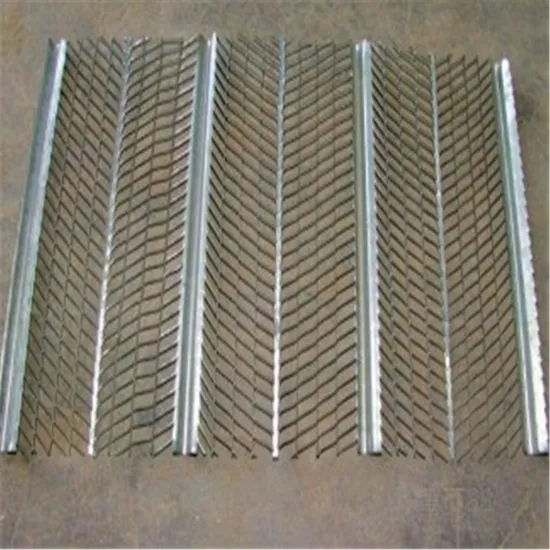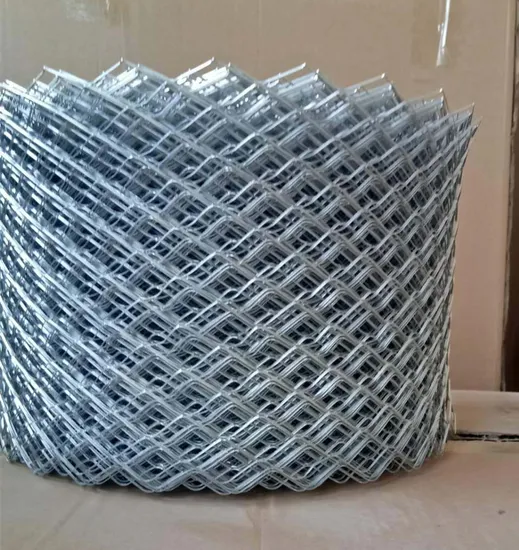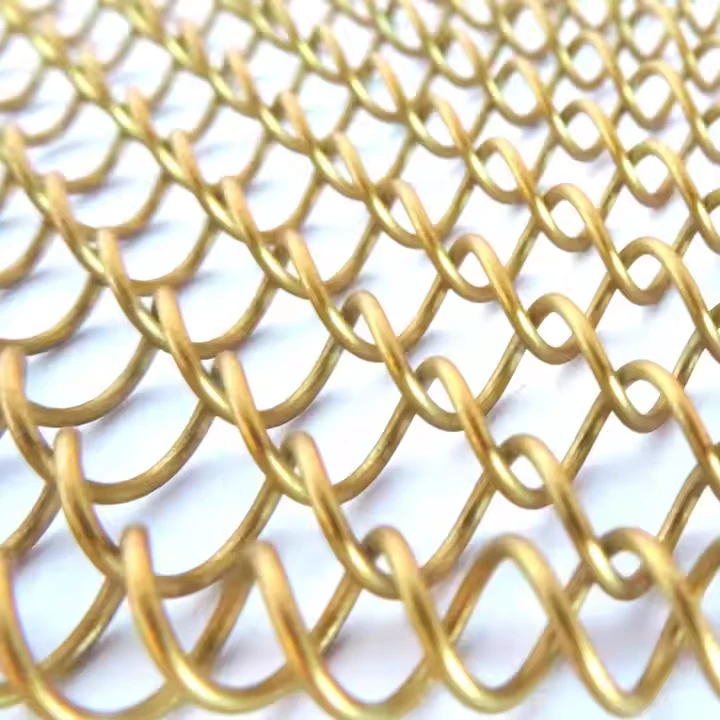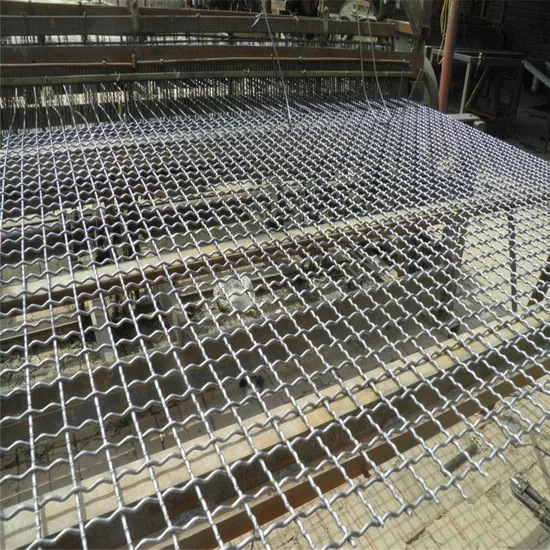1 月 . 17, 2025 03:32 Back to list
galvanized grating
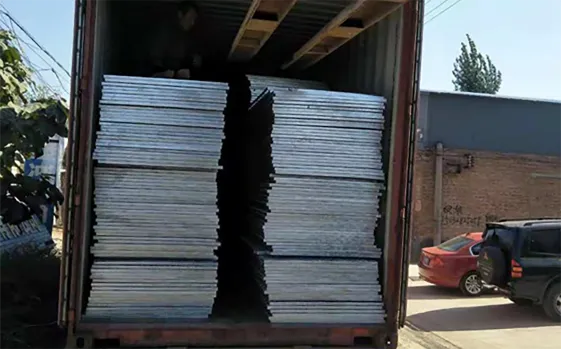
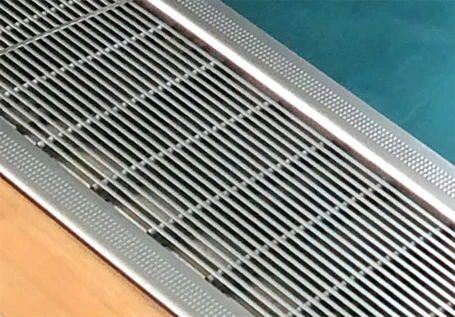
Trustworthiness remains fundamental throughout the product lifecycle, from material selection through installation and maintenance. Suppliers who foster open communication, offer clear and comprehensive warranty policies, and provide robust support services gain the confidence of their clientele. Consider the case of a rural bridge renovation where unforeseen environmental factors necessitated unexpected adjustments to the grating specifications. A reliable supplier would not only address these challenges promptly but also offer adaptive solutions, demonstrating commitment to project success and client satisfaction. Deploying metal bridge grating serves not merely as a construction requirement but as a forward-thinking strategy embracing sustainability and safety. By integrating electro-forged gratings, which are known for precision and strength, projects benefit not only in terms of immediate return on investment through reduced maintenance but also gain points in long-term environmental sustainability goals. The innate recyclability of metals used in grating ensures that end-of-life considerations are environmentally sound, supporting the global push towards greener construction practices without compromising on quality or safety. In conclusion, metal bridge grating exemplifies the marriage of engineering excellence with user-centered design. Its extensive applicability across multiple sectors, from urban developments to remote conservation projects, highlights its critical role in bridging gaps—literally and figuratively—in our everyday landscapes. Those in the industry who harness the expertise, authoritativeness, and trust embedded within this product will no doubt find themselves at the forefront of modern infrastructure solutions.
Latest News
-
High-Quality Plastic Poultry Mesh – Durable, UV-Resistant Chicken Netting for Gardens & Farms
NewsJun.10,2025
-
Galvanised Driveway Grates for Heavy Duty Drainage Durable Storm Drain Grates
NewsJun.10,2025
-
High-Quality Fiberglass Mesh China Durable & Affordable Solutions
NewsMay.30,2025
-
100 Ft Chain Link Fence Prices & Installation Durable Solutions
NewsMay.30,2025
-
Chain Link Fence Cost Per Foot Affordable & Durable Solutions
NewsMay.30,2025
-
Wire Mesh Decorative Cabinet Door Inserts Durable & Stylish Designs
NewsMay.29,2025
Our company owns has excellent CAD steel grating drawing designers, who can provide customers with perfect steel grating layout design and better meet customers' special requirements for products. We have been adhering to it the business tenet of "quality first, customer first", with high-quality products, reasonable prices, and the fastest delivery time, we wholeheartedly provide customers with a full range of services! Welcome new and old customers to cooperate sincerely and create brilliance together!
Contact Us
WELCOME TO OUR COMPANY!
Thank you for your interest in our services! If you have any questions or wousld like to book a service, please don’t hesitate to contact us. Our team is dedicated to providing you with the highest level of service and support, and we are committed to working with you to make your event a success.

Service Email

Service Phone
Product Center
Contact Us
- Phone: +86 +86 15733154345
- E-mail: sales@chengsenchina.com
- Address: B1213 GLOBAL CENTER, NO.226 ZHONGHUA NORTH STREET, SHIJIAHUANG, CHINA





